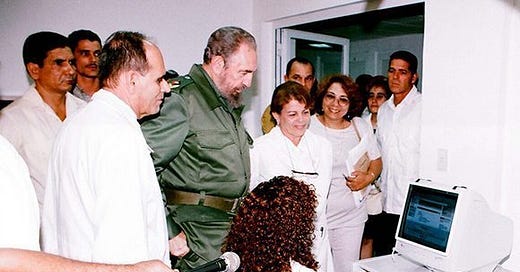Cuba: A nation of science and thought
State-directed scientific research, applied to socioeconomic development
Last Saturday, January 15, Cuba celebrated Cuban Science Day. Among the activities of the day, the Academy of Sciences of Cuba presented awards to research centers, companies, and institutions that have played an outstanding role in the confrontation with COVID-19, including BioCubaFarma, the Center for Genetic Engineering and Biotechnology, the Pedro Kourí Institute of Tropical Medicine, the Center for Molecular Immunology, the Center of Neurosciences, the Finley Institute of Vaccines, the Henry Reeve Brigade, the Ministry of Public Health, and the Faculty of Mathematics of the University of Havana.
It was on a January 15, but in 1960, that Fidel declared, “The future of our country has to be necessarily a future of men and women of science; it has to be a future of men and women of thought.” Fidel declared that the Cuban Revolution is seeding intelligence by ensuring that the people have full access to culture and to science. “Intelligence that will be incorporated into …


